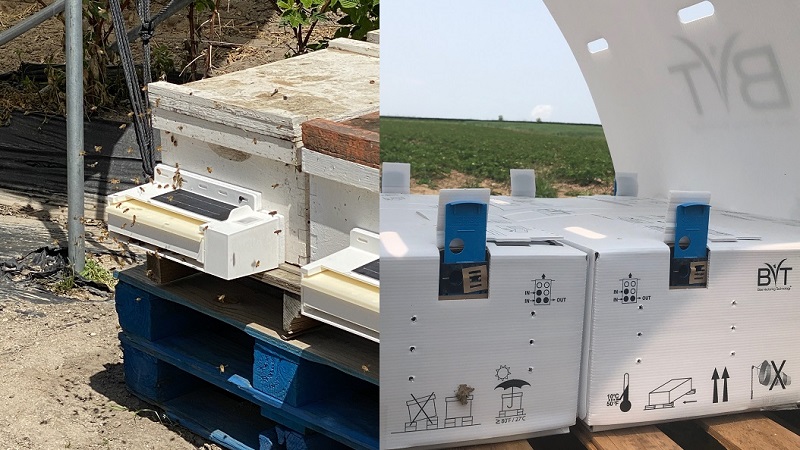Projection for Crop Protection: Massive Change Is Coming
Like a lot of other things in life, the issue of pesticides comes down to a numbers game. When I joined American Fruit Grower 25 years ago, I learned a general editorial directive was opposing the Food Quality Protection Act (FQPA) because there was a lack of scientific studies. “Use sound science” became something of a mantra here at Meister Media Worldwide as we editors beseeched the politicians, but even that long ago there was little understanding of agriculture among all but rural representatives.
There was one particular product in the organophosphate/carbamate class we rooted for because it didn’t look like growers had an adequate alternative. Many of the [very large] manufacturer’s employees confidently stated: “We’re going to the mat over [the product].”
I don’t know if they ever made it to the mat, but their product was banned in the U.S., and FQPA was approved. As still something of an outsider to ag at the time, it seemed pretty obvious to me what was happening. In general, the wishes of rural residents were being outvoted by the wishes of urbanites and suburbanites who were blithely saying they didn’t want any pesticides on their food.
These well-meaning folks might not even have known what pesticides are exactly, but they thought applying chemicals in general was not a good idea — unless they did it themselves to their own lawns, where they dumped massive amounts of chemicals, many of which simply washed off into the city sewer. The fact the same chemicals made possible the beautiful, unblemished fruit they desired possible may not have entered their minds.
Here in California, the state Department of Pesticide Regulation has issued Sustainable Pest Management: A Roadmap for California, which calls for wholesale change to the state’s approach to pest management over the next 25 years. The new approach is basically chemical-free, or at least free of chemicals deemed “Priority Pesticides,” with organophosphates, carbamates, and fumigants heading the list of those on the chopping block.
You can fight it, and such a fight may buy you a few more years, but I wouldn’t bet on you winning. Consumers seem more anti-pesticide than ever, and I see no reason that trend will change. The industry has become too darn productive for its own good, as today less than 1% of the U.S. population is now involved in agriculture — not much of a voting bloc when the pols start counting. This means a loss of political juice.
Biological products are the future, says Pam Marrone, Co-founder and CEO of Chestnut Bio Advisors in Davis, CA. Marrone predicts within 20 years, sales of biological products will equal those of more traditional synthetics.
As more growers adopt biologicals, they will learn these new products can outperform synthetics in the field, which Marrone says they absolutely will. A few of the promising technologies she says will be used to improve biological products in the future include gene editing, RNAi, fermentation methodologies, genome characterization, and synthetic biology.
Part of the reason for the change? Numbers, especially dollars. The relative cost to develop a new synthetic product is now estimated at $300 million, so it’s no wonder there is just one new product or two approved each year. Compare that to the 20 to 30 promising new biological products being developed annually — thoroughly tested products, a far cry from some of the unproven biologicals of yesteryear — at a relative pittance compared to their chemical counterparts and in a greatly reduced time frame.
Perhaps we need to come up with a few new meanings for common terms, because the tradition is that crops be labeled organic or, if grown with chemicals, conventional. But in the future, the conventional approach may not be synthetic, but biological. In any event, Marrone says synthetic won’t be mainstream. Rather than a farming system based on synthetics and supplemented with 5% biologicals, as we have today, in 30 years we will see a biological system supplemented with 5% chemicals. Using today’s language, the conventional approach in 2023 is synthetic; the conventional approach in 2053 will be biological. It’s a confusing world, so my advice: Pay attention to who’s got the numbers.









